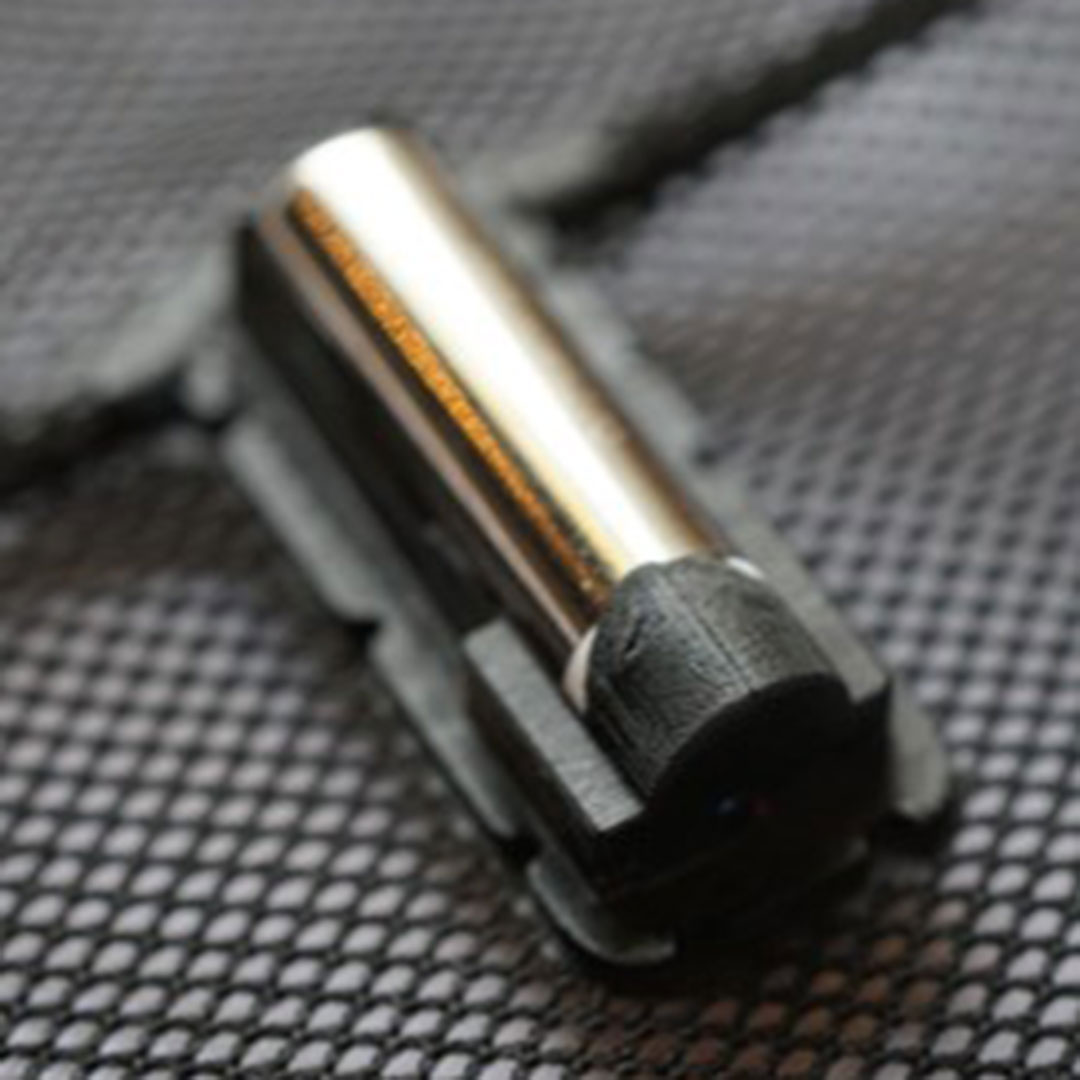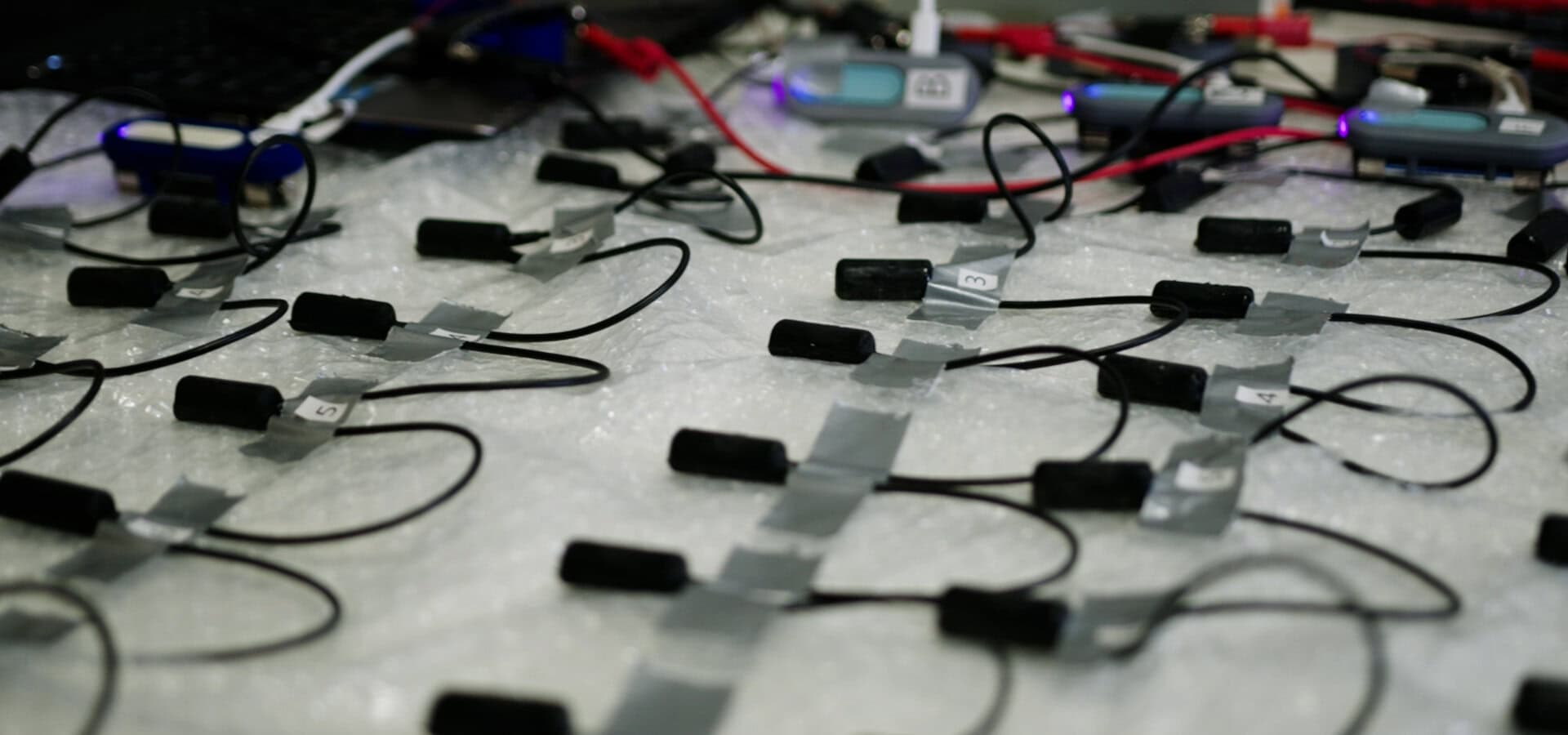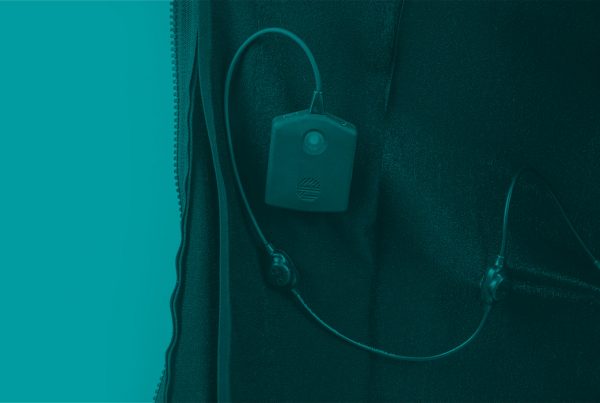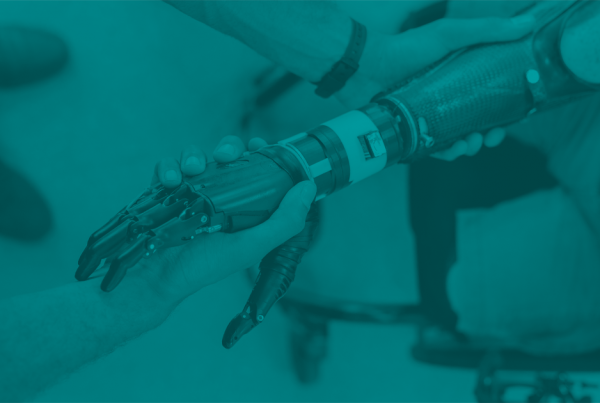In the constantly evolving field of wearable technology, having a clearly defined research strategy can spell the difference between success and failure. A successful research strategy entails both finding and evaluating new innovations, in addition to systematic (user) testing of the wearables in all stages of the development.
Our research team share some of the best practices they follow to minimise wearables development risk:
1. Keep an eye out for new technological advances
The wearable technology field sees frequent innovations in terms of electronics, integration techniques, textiles, etc. Unfortunately, finding new, usable technology is not easy. While many prototypes are being developed, innovations often lack the maturity to be readily applied in commercial wearables. It may takes years for new technologies to reach that level of maturity.
We are currently seeing interesting innovations in the following fields:
- Battery research
- Research focused the integration of electronics into textiles
- Low-profile connector research

It’s worthwhile keeping an eye out for new developments here. And when you encounter a promising new technology: Contact the manufacturers, get samples and evaluate the technology’s maturity, benefits and risks as best as you can. See also point 2 below.
2. Strike the right balance between utilising new advances and relying on trusted solutions
If you decide to use new components or design techniques, make sure the risks outweigh the benefits of using a solution that has proven itself in the field. To evaluate whether a technology is mature enough and beneficial to use, conduct a thorough risk/benefit assessment. This could involve:
- Reading information provided by the manufacturer or research institute.
- Reading background papers.
- Talking to the manufacturer or research institute.
- Getting samples and evaluating them. This includes performing tests.
3. Test, test, test

Take a systematic approach to testing your wearables and its components, whether in the lab or in the field:
- Define the research questions you would like to answer in the test.
- Devise a methodology to answer these questions. Determine any confounding factors and control them. Write it down in such a way that the test can be easily repeated.
- After doing the measurements, answer the research questions in the conclusions.
- Most importantly, make concrete recommendations on what the implications are. These recommendation could be design improvements, or next steps to take to move towards the implementation of a technology.
Following these research best practices will go a long way toward preventing spiralling development time and costs for your wearable.





